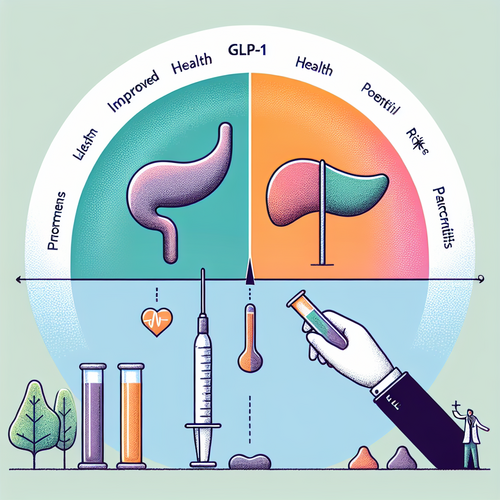The fitness technology landscape is booming. Every week, it seems, brings new gadgets and software promising to optimize our health and performance. From sleek new running watches like Garmin’s latest Forerunners, sporting vibrant colours and advanced metrics, to innovative form factors like the Samsung Galaxy Ring, fitness tracking is becoming more integrated and sophisticated. Platforms like Strava continue to evolve, leveraging technology for everything from route suggestions to ensuring fair play among users. At the heart of much of this innovation lies Artificial Intelligence (AI), pitched as the key to unlocking deeper insights from the mountains of data our wearables collect. The promise is compelling: personalized coaching, predictive analysis, and effortless understanding of our bodies’ signals. Yet, as AI becomes ubiquitous in our health apps, a curious phenomenon is emerging – a sense of “unbearable obviousness” in the insights it provides. Are we getting the revolutionary guidance we expected, or just a digital mirror reflecting what we already know?
This feeling of underwhelming AI insight has become a focal point of discussion, particularly highlighted by critiques of popular fitness apps like Strava, Whoop, and Oura. The core complaint? Their AI-generated summaries are often superficial, redundant, and ultimately lacking in real value. Instead of offering genuine revelations or actionable advice tailored to our unique circumstances, these AI features frequently just rephrase the data points already visible on the screen. Your AI tells you your heart rate was high during a tough climb? Great, so did the graph you just looked at. It points out you slept poorly last night? Your tired eyes probably got there first. This isn’t just mildly disappointing; it feels like a fundamental misunderstanding of what “insight” truly means in the context of personal health. Real insights should connect dots, consider historical context, account for variables like stress or past injuries, and offer forward-looking guidance, not just narrate the obvious.
So, why is this happening? If AI is so powerful, why are its applications in mainstream fitness tracking often falling short of delivering transformative wisdom? Several factors likely contribute. Technically, interpreting complex biological data and translating it into truly personalized, nuanced advice is incredibly challenging. Bodies are messy, inconsistent, and influenced by a myriad of non-quantifiable factors. Furthermore, there are significant legal and privacy hurdles. Providing truly meaningful advice would likely require access to sensitive personal health information, including medical history or injury records, which users may be hesitant or unable to share. This lack of comprehensive “human context” severely limits the AI’s ability to understand the full picture. Developing sophisticated AI models is also expensive, and the current offerings might represent a balance between perceived user demand, development cost, and the complexity the companies are willing or able to tackle within regulatory frameworks. It’s a complex interplay of technological capability, data access, and business realities that results in the safe, albeit obvious, insights we currently receive.
This leads to a critical question about the value proposition of these AI features. If the insights are merely redundant, are users genuinely benefiting from them, especially when they come at an extra cost or as part of premium subscriptions? The “unbearable obviousness” erodes the perceived utility and potentially the trust users place in these AI tools. While AI clearly has powerful applications in fitness tech – think of Strava’s use of AI for route optimization based on community data or identifying anomalous activity that might indicate cheating – its application in personal coaching and summarization seems to be hitting a wall of practical relevance. Perhaps the industry needs to recalibrate, focusing AI capabilities on tasks where it can genuinely outperform simple data visualization or human intuition, rather than attempting to mimic a personal coach without the necessary depth of understanding.
Ultimately, the current state of AI fitness summaries feels like a technology in its adolescence. It’s present, it’s learning, but it hasn’t quite figured out how to have a truly insightful conversation with us about our health. The potential remains immense: an AI that could genuinely understand your training history, recovery needs, injury risks, and lifestyle factors to offer truly personalized, dynamic guidance would be revolutionary. But getting there requires moving beyond the superficial. It demands better data integration, more sophisticated contextual understanding, and a willingness to tackle the complexities of individual human physiology and behaviour. Until then, while our watches and rings continue to collect data, the AI interpreting it needs to evolve from merely stating the obvious to uncovering the truly meaningful if it wants to be an indispensable partner in our fitness journey.













